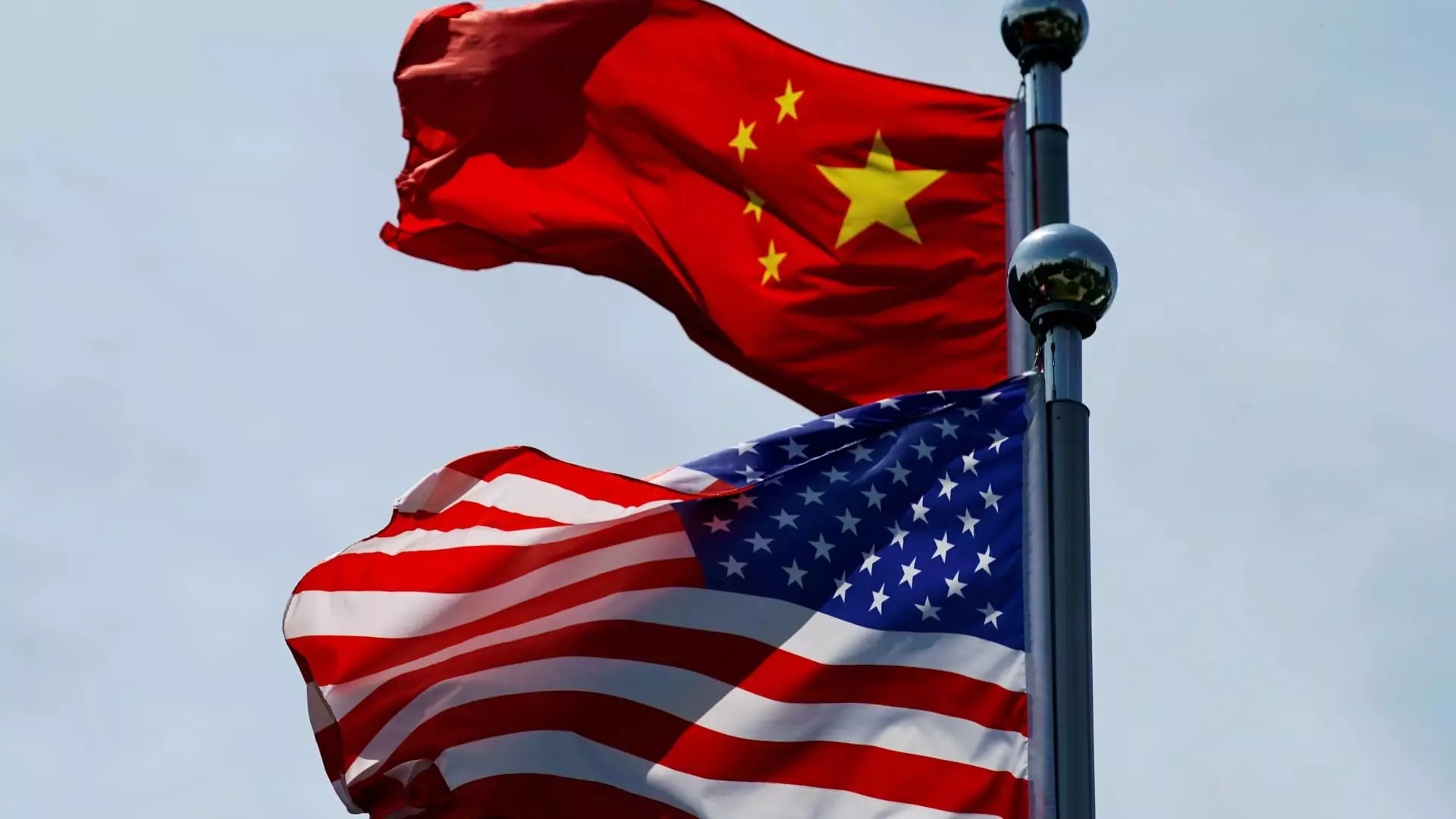In a decisive move aimed at reshaping international trade dynamics, President-elect Donald Trump has announced plans to impose additional tariffs on Chinese imports. This decision comes on the heels of his commitment to introduce a series of executive orders on January 20, including a substantial 25% tariff on products entering the United States from Mexico and Canada. Such policies threaten to unravel existing trade agreements that have facilitated free trade across North America, raising questions about the broader economic implications of these actions.
In his communication via Truth Social, Trump referenced illegal immigration and the ongoing issue of fentanyl trafficking as justifications for these new tariffs. He claims to have engaged in discussions with Chinese officials regarding the influx of dangerous drugs, particularly fentanyl, but alleges that these conversations have yielded little progress. Trump’s assertion pointedly critiques Beijing’s failure to impose severe penalties on drug traffickers, echoing his administration’s broader concerns about the opioid crisis devastating many American communities.
Fentanyl, a potent synthetic opioid, has contributed to soaring overdose rates across the United States, necessitating a response that goes beyond mere dialogue. Trump’s administration argues that these tariffs are a critical tool in pressuring China and Mexico to take definitive action against the flow of these illicit substances.
The prospect of a 10% tariff on Chinese goods has elicited varying reactions from economic analysts. Kinger Lau of Goldman Sachs noted that while this tariff is lower than the anticipated rates of 20-30% that market experts had predicted, it nonetheless signifies a continuation of a confrontational trade approach. Lau forecasts that China will likely respond by implementing measures such as reducing interest rates and boosting fiscal stimulus to mitigate the economic repercussions of these tariffs.
Furthermore, this tension highlights the intricate web of U.S. trade relationships, particularly given that Mexico ranks as the largest trading partner, closely followed by Canada and China. The significant trade volume between the U.S. and China complicates the geopolitical landscape, as any tariff increase risks retaliation and could disrupt supply chains that are essential to various industries.
While the immediate focus is on tariffs, the implications of such policies extend far beyond mere economics. Trump’s approach signals a departure from decades of engagement strategies with China that aimed to foster a mutually beneficial partner relationship. The decision to impose tariffs could escalate tensions, potentially leading to a trade war that impacts consumers, businesses, and global markets.
The forthcoming economic policies proposed by President-elect Trump mark a pivotal shift in the United States’ approach to international trade. As he prepares to take office, the repercussions of these tariffs—if enacted—will likely reverberate through the global economy, affecting not only the U.S. but also its trading partners in ways that are yet to be fully understood. Addressing long-standing issues such as drug trafficking and illegal immigration through economic measures is a bold strategy, yet it poses significant risks that warrant careful consideration as the new administration begins its tenure.

